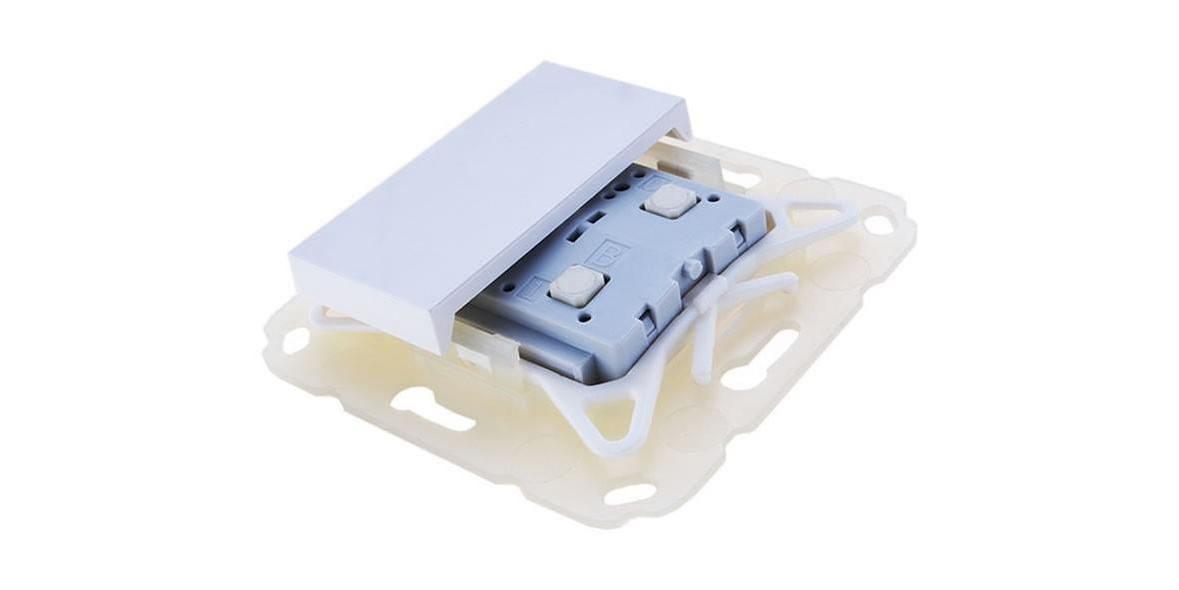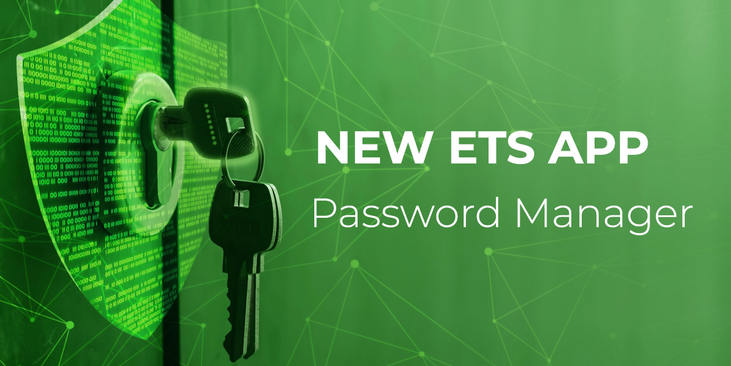14. Jan 2021
Weinzierl Celebrates 30 Years of KNX With Cyber-Secure Cabled, Wireless and IP Products

The KNX Association celebrates its 30th anniversary this year. In the world of technology, thirty years is a very long time. Most technical standards from the 1990s have long since been replaced by more powerful technologies. So how can it be that the core of the KNX standard is still valid today? That devices from the outset are still fully compatible?
CEO of Weinzierl Engineering, Thomas Weinzierl, had his first contact with the system in 1996 when it was still called EIB (European Installation Bus). This was during a research project on building and home automation at the Technische Universität München. One of the project partners, Siemens, introduced EIB. At the time, some doubted whether a bus system with a baud rate of 9600b/s was up to the job, but after a closer look, a whole series of very cleverly-chosen features became apparent, all of which are still relevant today.
Simple but versatile infrastructure
From the hardware (physical layer) point of view, the EIB (now the KNX bus) enables a decentralised system based on a simple two-wire (twisted-pair) line. The bus brings to each connected device exactly what is required: a little bit of power and a little communication. For the majority of devices on the bus, such as push buttons and sensors, this is fully sufficient. As a result, a relatively large number of participants can be connected to a largely free topology of the bus.
In the KNX protocol, the OSI Model (Open Systems Interconnection Model) was implemented comparatively consistently from the beginning. This created the basis for the continuous development of the KNX protocol, without breaks, right up until today. Thus, transport media such as wireless RF (Radio Frequency) and IP (Internet Protocol) could be developed using the KNX protocol, and cyber security, in the form of KNX Secure, seamlessly integrated into the standard.
Maintaining high standards
Furthermore, the EIB/KNX system created much more than just a bus. The strictly-defined KNX interworking, with its standardised data point types, creates compatibility between different manufacturers and applications.
Essential pillars, such as worldwide training centres and a certification system for products were and are essential for the quality of the products and the success of the system. One of the most important factors is the common software tool, ETS (Engineering Tool Software) for commissioning the devices of all manufacturers. Thus, the KNX standard is stronger today than ever before and a reliable basis for professional building installation.
Weinzierl and KNX
As a KNX system provider, Weinzierl has a focus on innovating within the standard. For example, the Weinzierl KNX IP Multi IO 580 is a universal input and output module for KNX devices that are specifically designed to communicate via IP using Ethernet rather than the typical green twisted-pair KNX cable. The connection to KNX devices using twisted pair cable is done via a KNX IP router.
In the field of KNX RF and KNX Secure, innovative products show what is possible with KNX today. Wireless KNX devices can be connected to the wired bus via a coupler, such as the Weinzierl KNX RF/TP MediaCoupler 673.
As the KNX Association celebrates its 30th anniversary this year, we at Weinzierl are preparing for our 20th anniversary next year. Although KNX was the technological base on which our company was founded and continues to be at the heart of our growth, this feels like just the beginning. Thanks to the vision of everyone behind the KNX standard, the future is exciting and we are sure that the best is yet to come!
Highlights
-
 News
NewsThe KNX Journal 2025 is now available
The latest edition of our annual smart home and building solutions magazine has arrived. The KNX Journal 2025 offers ... -
 News
NewsNew ETS App: Password Manager
The ETS Password Manager is a powerful new ETS App introduced in ETS 6.3 that eliminates the need to repeatedly enter ... -

